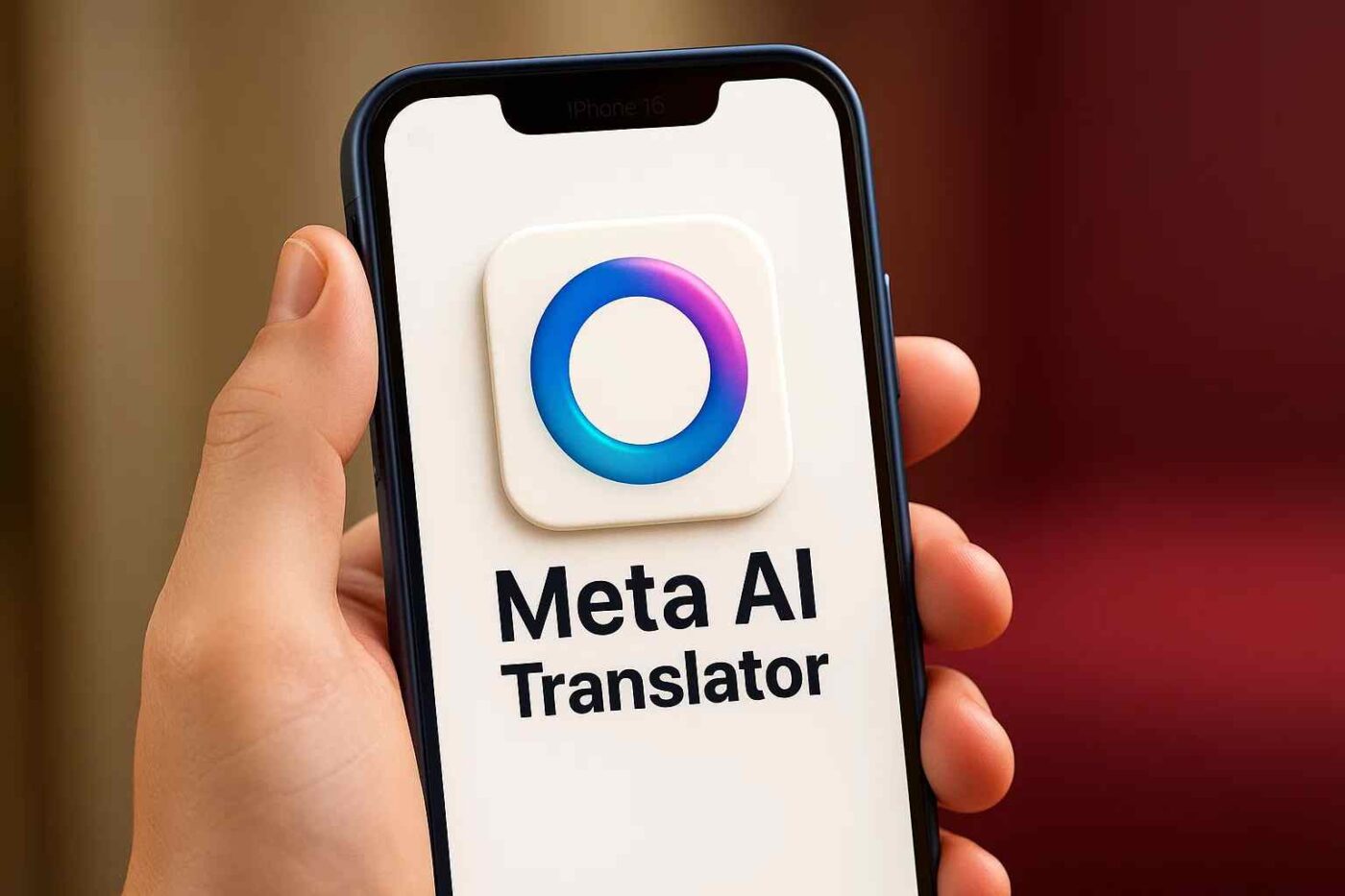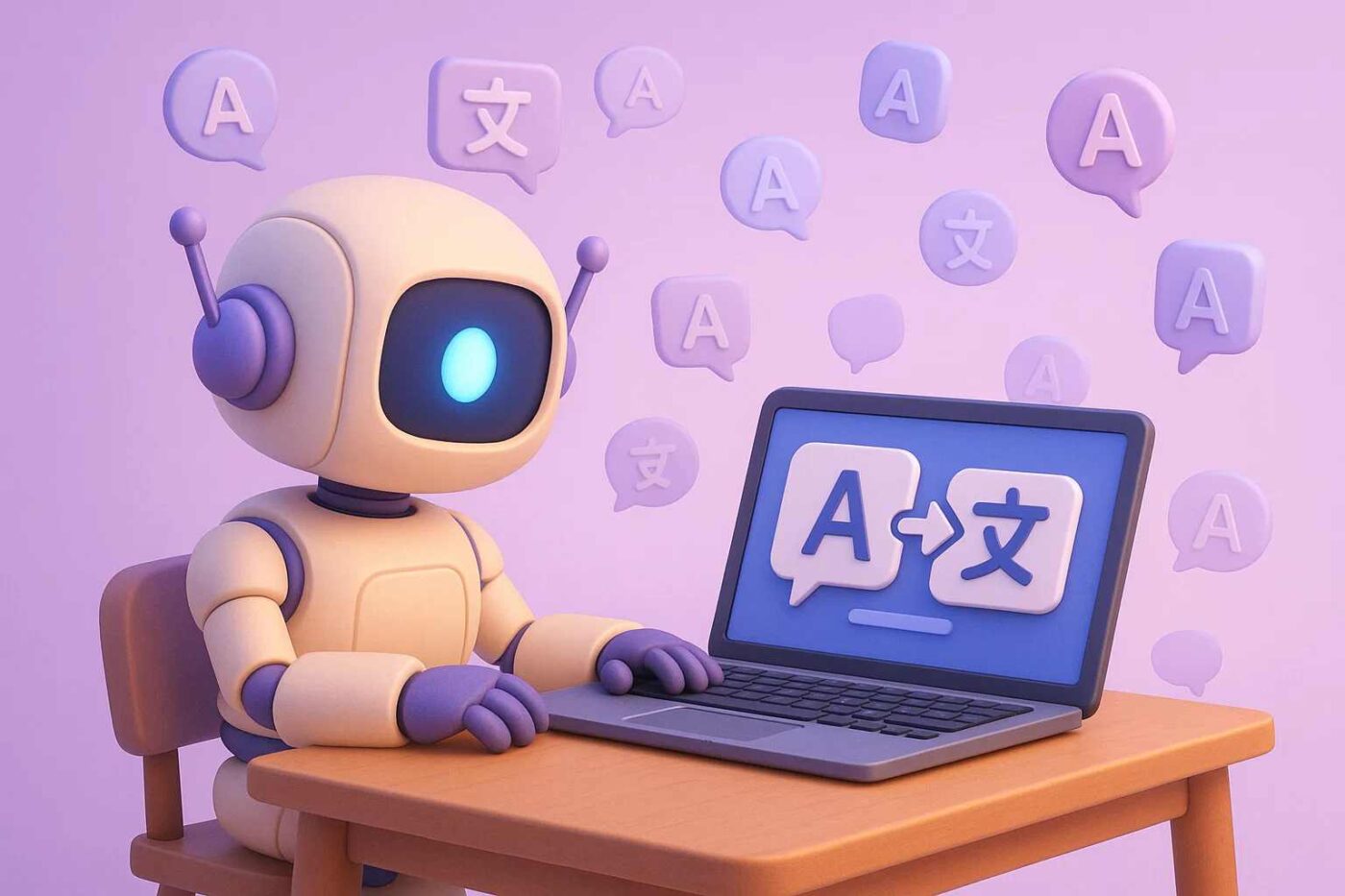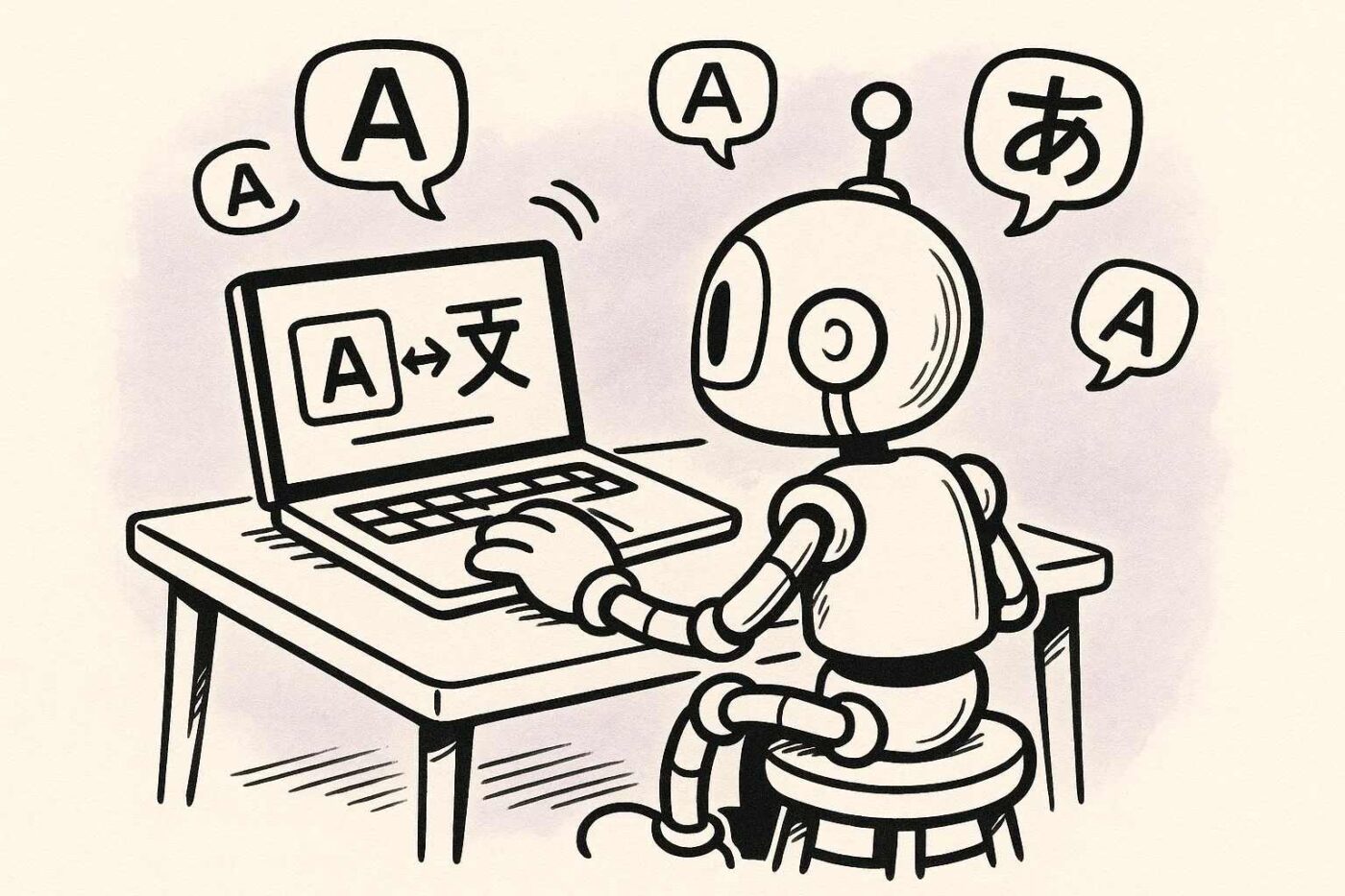Google Translate Alternative For E-Commerce in Europe
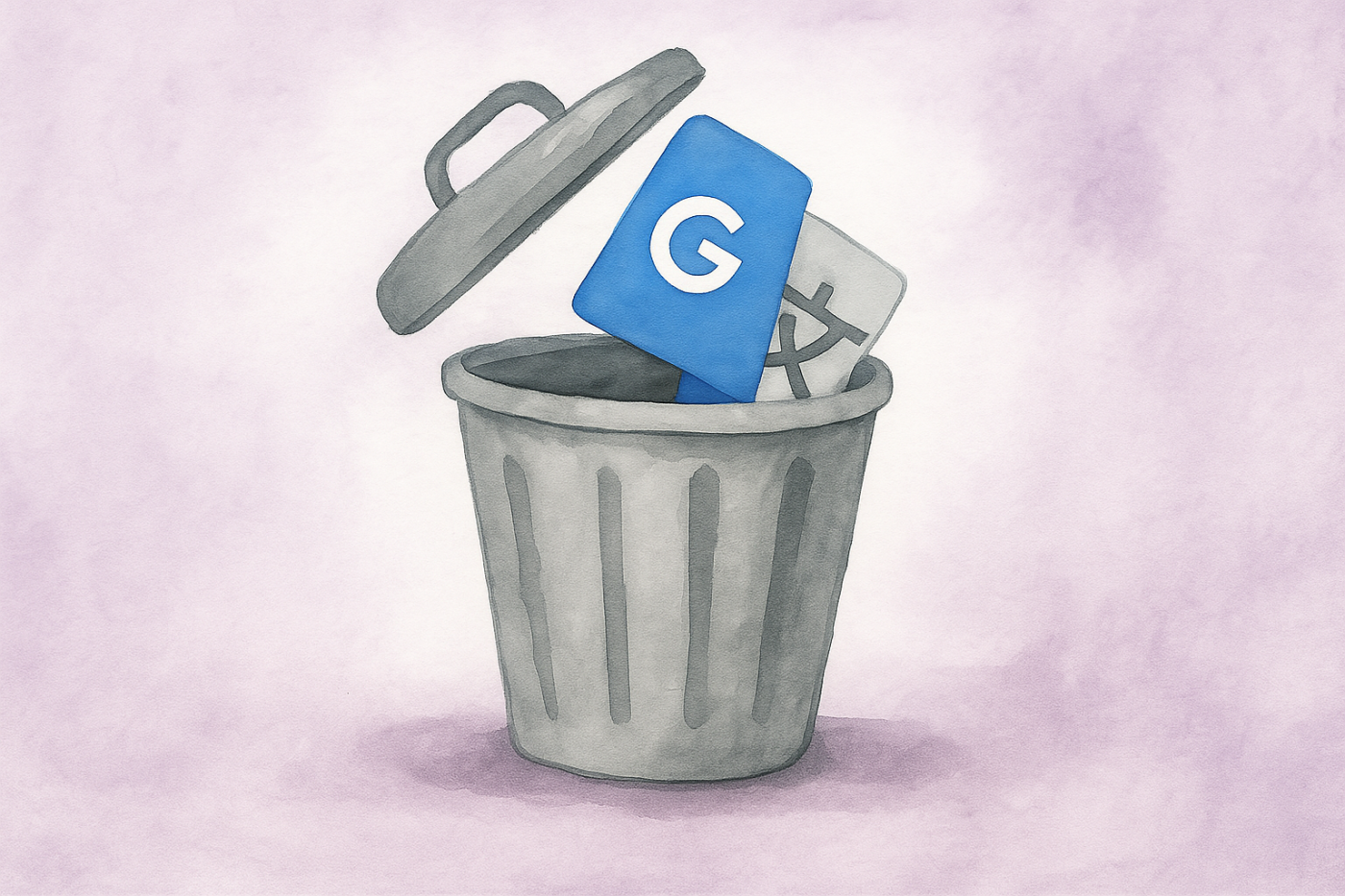
Google Translate is the most popular tool used for translations, but it is not suitable for E-Commerce, and that’s why you’re looking for an alternative.
Since you’re here, you already know why translation is important in E-Commerce, especially when scaling in Europe.
So, I won’t talk about it that much, but I will just give you a quick overview for context.
E-commerce in Europe isn’t just growing, it’s exploding.
The market is on track to reach a staggering $18.85 trillion by 2033, transforming the region into one of the most lucrative yet complex arenas for global merchants. (according to Cognitive Market Research)
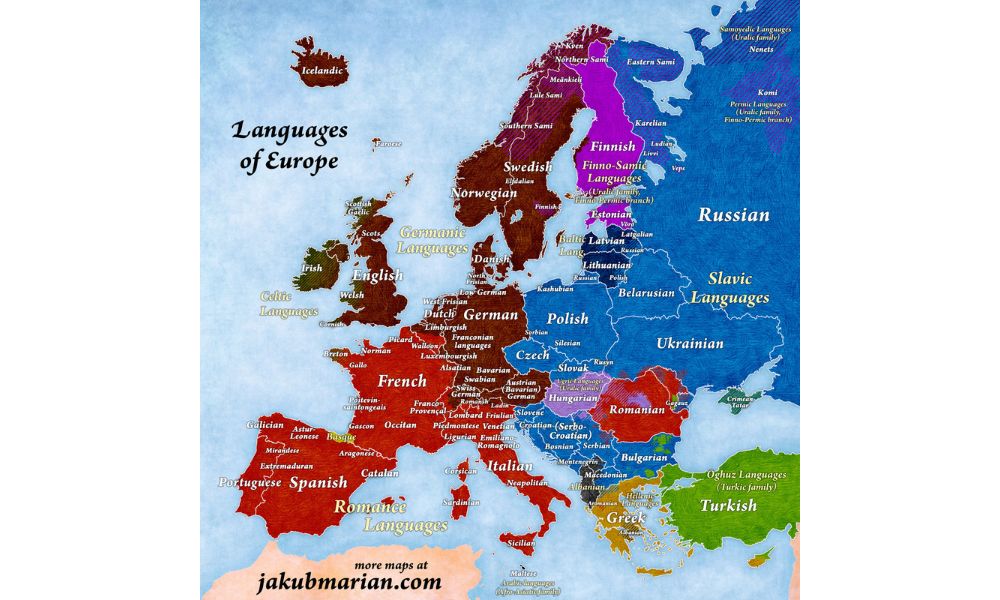
But there’s a catch, and it’s linguistic.
With 447 million consumers spread across 27+ languages, Europe is a fragmented frontier.
When selling in Europe, language is not a “nice-to-have”, it is the main dealmaker.
According to recent studies, 75% of European shoppers prefer to buy from sites in their native language, and 42% flat-out refuse to purchase otherwise.
For merchants eyeing cross-border growth, that makes high-fidelity localization, but a requirement.
And yet, the go-to tool for many retailers remains… Google Translate.
It’s fast, free, and familiar, but is it truly fit for purpose in a $18T multilingual market?
Where Google Translate Falls Short for EU E-Commerce
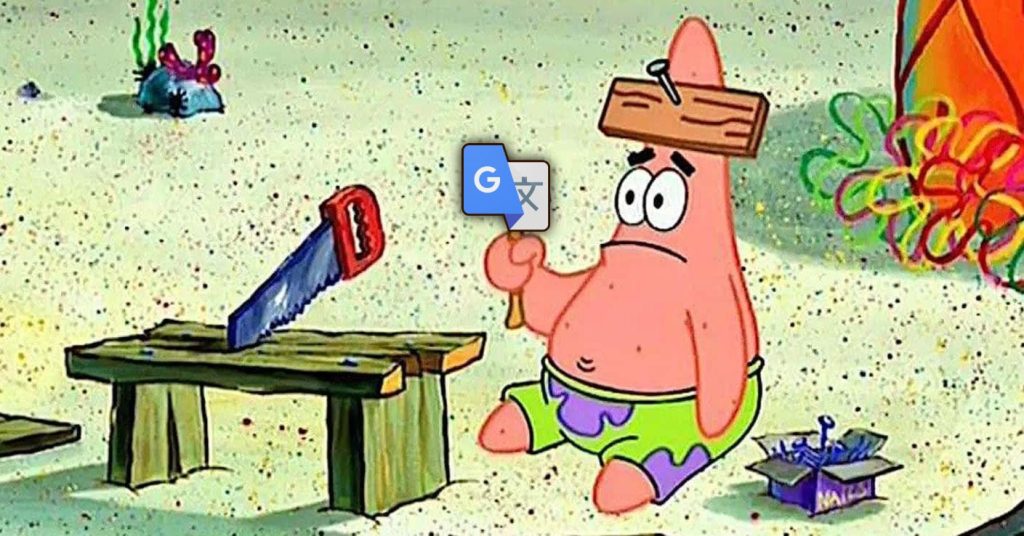
Google Translate has long been the main solution for going global, and most people don’t even look for an alternative.
But when it comes to e-commerce in Europe, its limitations aren’t just technical, they’re financial.
They cost conversions, traffic, and trust.
Accuracy Variability
While Google Translate handles major language pairs reasonably well, accuracy drops to as low as 55% for Slavic and Nordic languages, precisely the ones retailers can’t afford to get wrong.
Product descriptions, material names, even sizing details are often mistranslated, resulting in confusion and lost sales.
But don’t be fooled by this statistic, even the Romance Languages like French, Spanish, Italian, Romanian, and Portuguese have a super low accuracy… approximately 70% which is too much in an area where a single word can cost you the sale.
SEO Limitations
Here’s the kicker for marketers: Google Translate’s widget-based translations aren’t indexable by search engines.
That means no boost from hreflang tags, no localized URLs, and no rich snippets in SERPs, a massive disadvantage for any store relying on organic traffic in multiple countries.
Your competitors who do this properly have 27x more pages that rank on search engines. (27 because there are 27 languages in Europe)
No Glossary or Brand Control
Need to lock brand names, ingredient terms, or legal disclaimers?
Google Translate’s basic tier offers no way to manage this.
The only workaround: custom models starting at $80 per million characters, plus the technical know-how to implement them.
You will need to pay a developer to build this functionality for you.
Hidden Costs of “Free”
Sure, the base tier is free up to 500,000 characters, but those savings evaporate when staff must manually post-edit machine output to fix tone, terminology, or readability.
For large catalogs, this hidden labor becomes a silent tax on speed and scale.
📉 The Bottom Line: Google Translate may be accessible, but for serious European stores, it becomes a conversion bottleneck, an SEO liability, and a stealth cost center.
The Smart, AI-Driven Google Translate Alternative
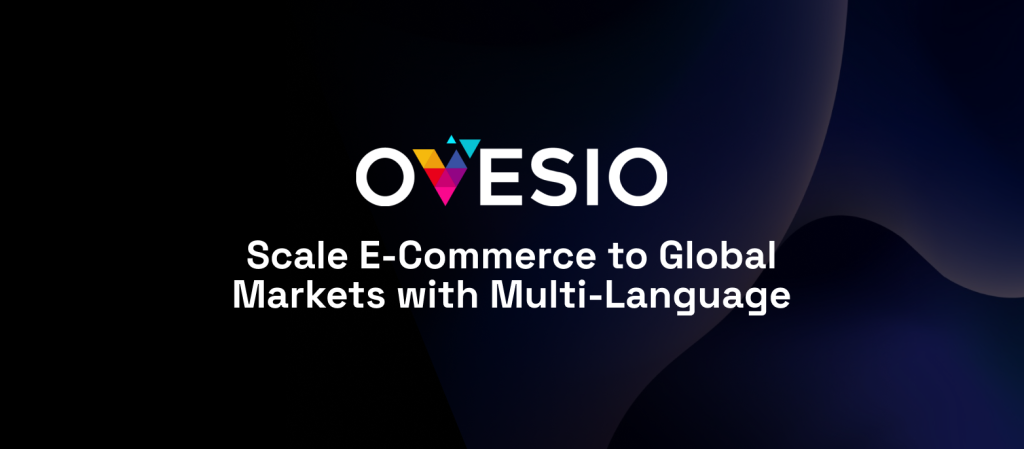
The best alternative you can find on the market right now is Ovesio.
Ovesio has an AI-powered translation system built specifically for e-commerce brands scaling across Europe.
Unlike single-engine solutions, Ovesio takes a radically different approach, it doesn’t rely on one translation model, it fuses the top five: Google Translate, DeepL, OpenAI, Microsoft Translator, and Gemini.
At the core of this system is Ovesio’s AI Inspector, a proprietary scoring layer that evaluates every sentence translated by each engine, then selects the strongest output based on accuracy, tone, and context.
The result? Translations that reach ≈95% human-quality, at a fraction of the cost.
Translation Designed for Commerce
Ovesio isn’t a generalist, it’s e-commerce-native. That means it understands product taxonomies, SKUs, sizing charts, and cross-market branding needs.
Out of the box, it offers:
- 27+ European Languages with optimization for retail categories
- SEO-Ready Localization: localized URLs, hreflang tags, and meta fields, all indexable
- Built-In Glossary & Tone Control: Lock brand terms, enforce formal vs. casual tone, no coding required
- Smart Reuse of Phrases: Repeats don’t cost extra, Ovesio caches common translations across SKUs
Speed & Cost That Scale With You
Unlike Google Translate’s 5,000-character soft caps or 6M character/minute API limits, Ovesio runs asynchronous batch jobs with no per-request throttling.
That means you can translate 10,000 product listings in minutes, not days, without hitting a wall.
And the pricing? Bluntly competitive: ≈$0.20 per 1,000 words, or about 1% of what you’d pay for traditional human localization.
🔐 Bonus: All translations are processed inside GDPR-compliant EU data centers, with zero reuse for model training unless you opt in.
Real-World Implementation Guide for Merchants
So how does a merchant go from zero to fully localized storefronts across Europe, without hiring a dozen linguists or fighting APIs?
We’ve designed Ovesio’s setup to be fast and modular.
Here’s a clear, actionable roadmap.
Phase 1: Audit & Prep
- Export: Pull product data from your CMS or PIM (titles, descriptions, variants, etc.)
- Glossary: Identify branded terms, technical phrases, and “do-not-translate” keywords
- Prioritize: Match language coverage to your top traffic or sales geographies (e.g., DE, FR, ES, PL)
Phase 2: Plug In & Configure
- Upload Content: Via direct API, CSV file, or XML feed
- Set Parameters: Choose tone, add glossary entries, select languages
- Deploy Webhooks: Get translated content posted back to your site or staging environment instantly
Our API is well documented with plenty of examples in the SDKs and the integration will be a breeze.
Phase 3: Validate Quality + SEO
- Run QA: Use the AI Inspector’s score flags to manually review only the bottom 5% of outputs
- Verify SEO: Confirm hreflang tags, meta descriptions, and localized URLs in Search Console
- Audit UX: Test Lighthouse scores and localized checkout flows
Once this set up is completed, it will run on autopilot for as long as you want.
You will add the products in only one language, and then Ovesio will create 26 more versions in the other languages.
Phase 4: Automate for Scale
- Auto-Monitor Feeds: Any new product gets detected and translated automatically
- Update Glossary: Refresh terms monthly to reflect seasonal products or new categories
- Track Everything: Use Ovesio’s dashboard to view translation cost savings, language accuracy, and engine usage breakdowns
Conclusion: The Smarter Path to Multilingual Growth
European e-commerce is a $18 trillion runway in the making, but the true on-ramp is language.
While Google Translate remains the default for many, it was never built for the complexities of product catalogs, SEO localization, or brand nuance.
Its gaps in tone, accuracy, and indexability don’t just affect polish, they affect profit.
Ovesio, by contrast, is a purpose-built platform designed for scale, precision, and e-commerce practicality.
With its multi-engine architecture, near-human translation quality, and full SEO-ready outputs, it offers a solution that’s smarter, faster, and more cost-effective, at roughly 1% the cost of traditional translation.
For ambitious merchants, Ovesio isn’t just an alternative. It’s the edge.

FAQ: Ovesio as a Google Translate Alternative
Q1: Does Ovesio replace or enhance Google Translate?
Both. Ovesio includes Google Translate as one of five engines in its ensemble, alongside DeepL, OpenAI, Microsoft Translator, and Gemini. The AI Inspector then selects the most accurate output from them all.
Q2: Can I auto-translate my full store catalog?
Yes. Ovesio supports one-click catalog imports for platforms like Shopify, WooCommerce, and Magento. It auto-detects new products, too.
Q3: What if I need glossary control or tone adjustments?
Built-in. Ovesio includes context-aware glossaries and tone settings, no need for separate training or costly custom models.
Q4: How fast is this Google Translate alternative?
Incredibly fast. Ovesio processes up to 10,000 SKUs in minutes via batch translation jobs, with real-time webhook callbacks.
Q5: Is my data secure?
100%. All data is handled in GDPR-compliant EU data centers, with no reuse for training unless you explicitly opt in.



